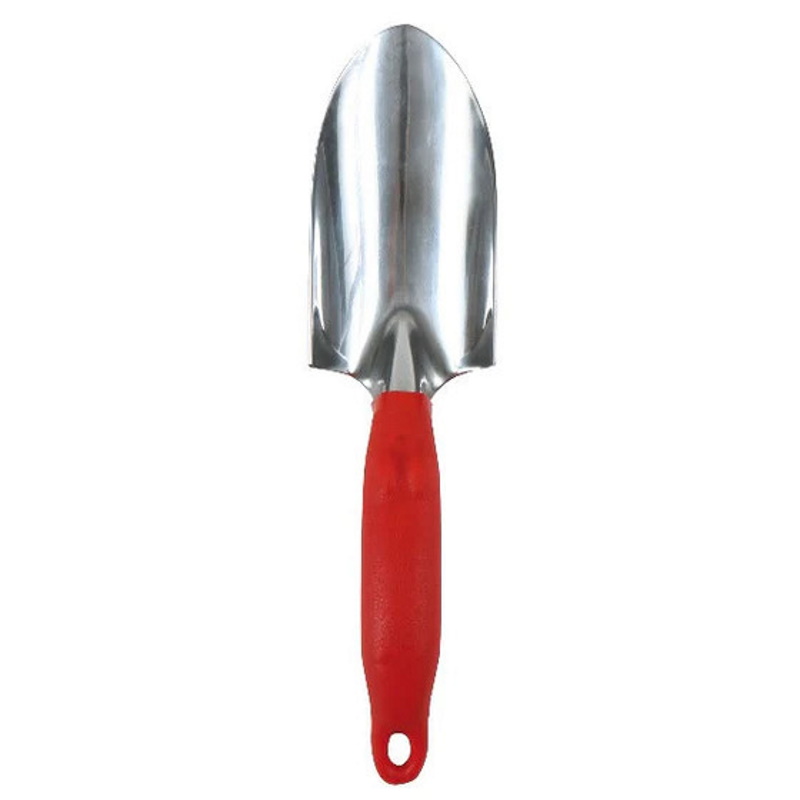Don’t grow these vegetables with tomatoes – it is a mistake that stunts growth and attracts pests
Discover the plants to never grow with tomatoes as they can wreck your harvests
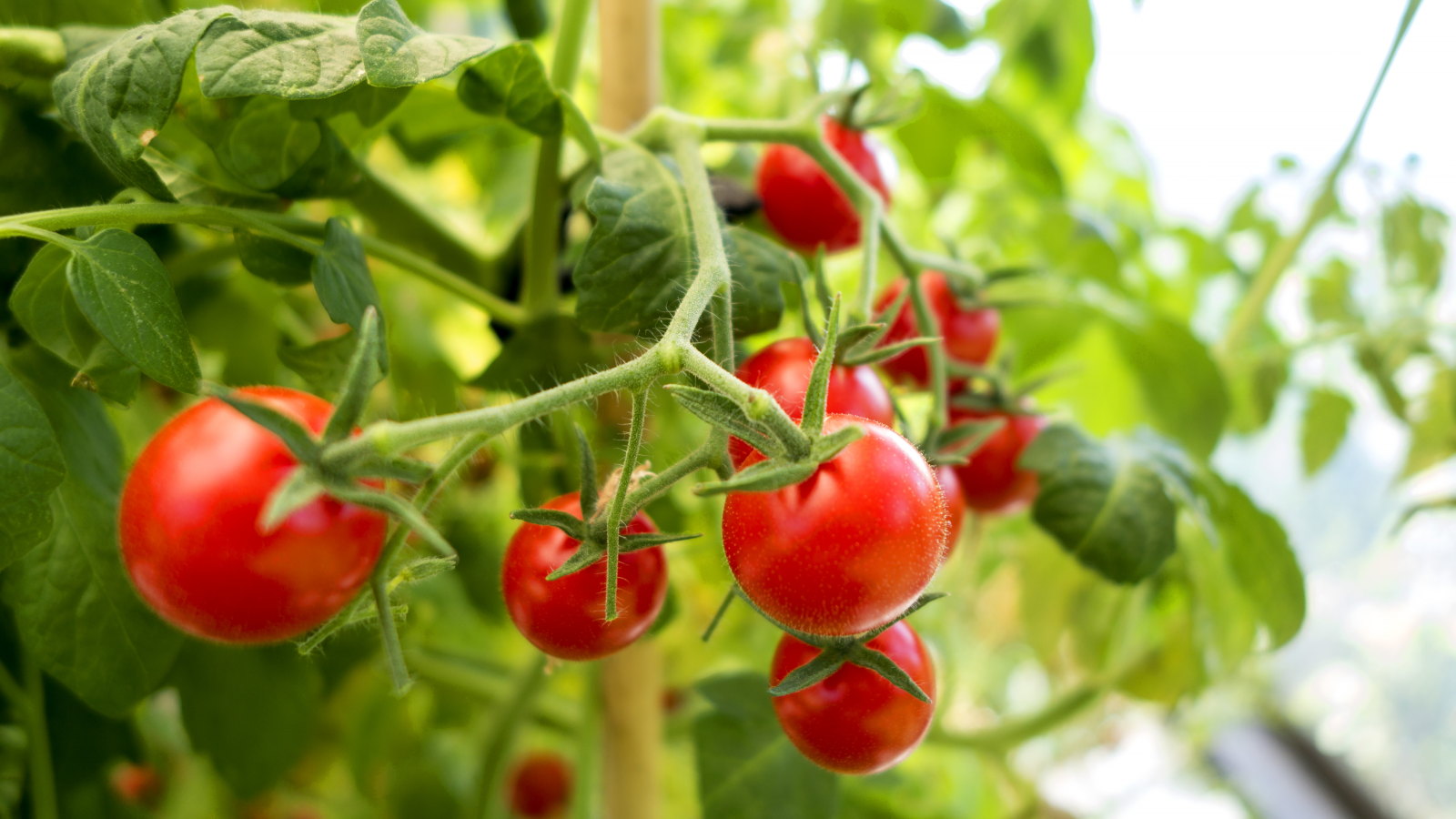
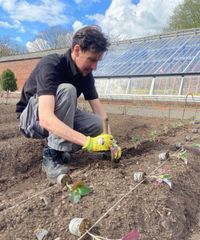
Growing tomatoes remains hugely popular worldwide as gardeners relish those summer harvests of juicy and delicious homegrown tomatoes. Every grower sets out at the start of each season with aspirations of lots of fruit to pick, and for that, you need healthy, thriving, and pest-free plants. It is always troubling when things go awry, but often such issues can be easily avoided.
Picking the right crops for tomato companion planting can help solve many potential problems, but it is also important to know what vegetables are best kept away from tomatoes. Some crops will rob nutrients, deprive tomato plants of sunlight, and increase the risk of plants succumbing to pest and disease problems.
I have been growing tomatoes for many years, ranging from a few plants in my backyard to a greenhouse full of a hundred-plus plants to crop for restaurants. I have used companion planting effectively and also seen a myriad of issues affect tomato plants. I want to help you avoid falling foul of any mistakes, so here I reveal those plants to never grow with tomatoes so your plants remain healthy and super-productive.
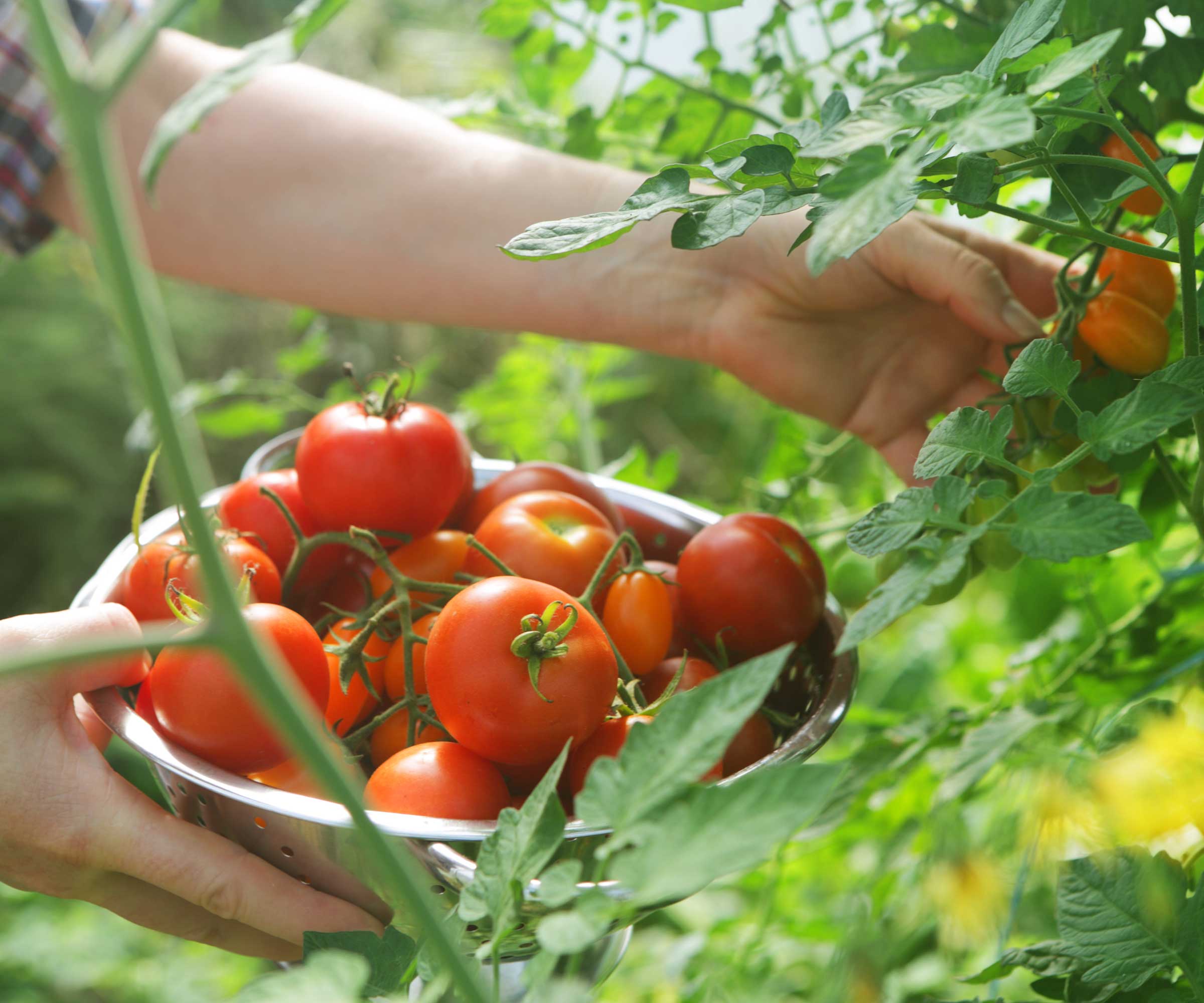
Plants not to grow with tomatoes
Many vegetables, flowers, and herbs are great for companion planting with tomatoes. They can repel pests, attract pollinators to boost the yield, and even help with the flavor.
However, there are also those aforementioned ‘enemies’ you want to avoid that are plants to never grow with tomatoes. It would be a companion planting mistake to have any of the following crops nearby, as they can actively impair the development of your tomatoes.
Brassicas
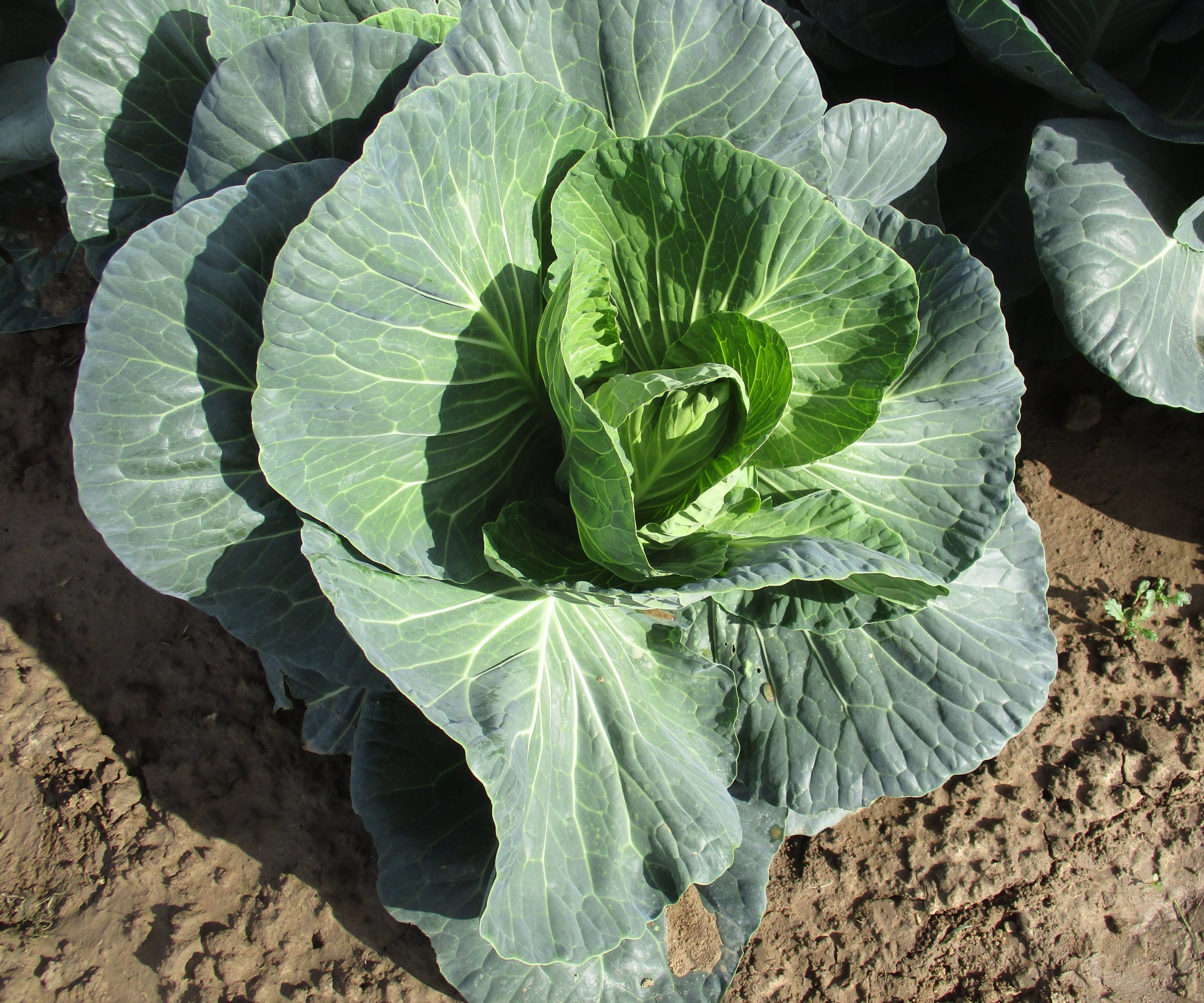
This is less about growing tomatoes alongside one particular plant, but rather an entire family to avoid. And that is brassicas, in particular larger brassicas like cabbages, cauliflower, broccoli, kale, and Brussels sprouts.
These large brassica plants are heavy feeders that take vast amounts of water and nutrients out of the soil. They are capable of robbing nutrients away from tomato plants, which also need lots of them to grow healthily as well as develop and ripen fruits.
Design expertise in your inbox – from inspiring decorating ideas and beautiful celebrity homes to practical gardening advice and shopping round-ups.
A lack of nutrients will seriously affect the size of plants and any potential tomato harvest. As brassicas are greedy vegetables that will dominate the space and hog those nutrients, they will usually leave tomatoes wanting.
Potatoes
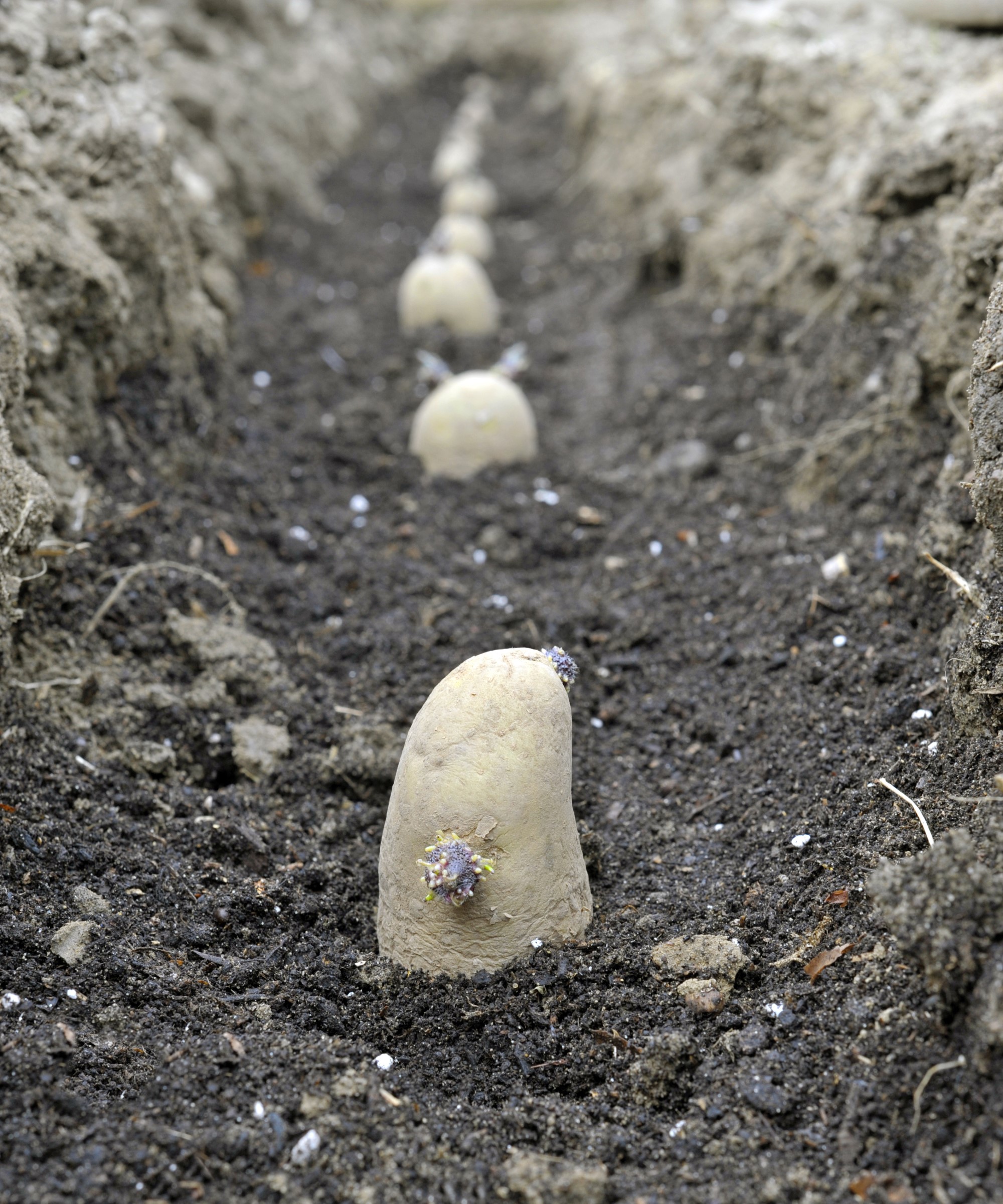
Potatoes are in the same nightshade family as tomatoes, but that doesn’t make them good companions. They want the same nutrients and will compete against each other for what they desire, and often it’ll be the tomatoes that are left short.
Also, growing potatoes and tomatoes together is inadvisable as both crops are susceptible to the same diseases. That includes tomato diseases like bacterial wilt and blight (both early and late blight). Keep a safe distance when planting potatoes to avoid fungal diseases spreading between the two popular crops.
Corn
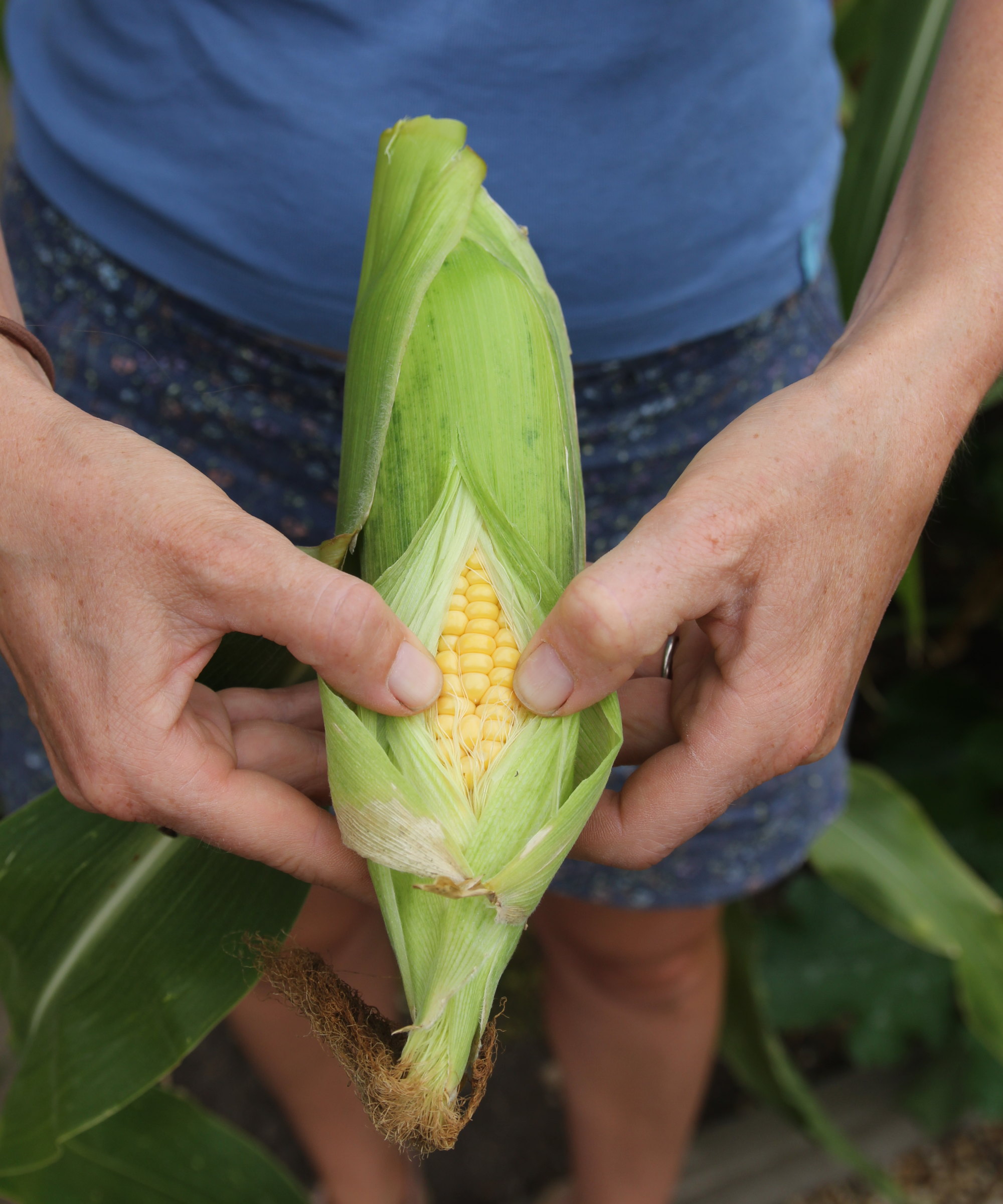
Corn and tomatoes both love sun, protection, and fertile soil, but three potential issues can arise from growing them together in a vegetable garden. These include both being heavy feeders that will compete over nutrients, and the potential for tall-growing corn to shade smaller tomato plants and hamper their development.
If you grow corn and tomatoes nearby, it can double the potential for pest problems. A species of moths known as the tomato fruitworm, or corn earworm, targets the two crops and is a major pest for corn and tomatoes.
The troublesome corn and tomato pests breed quickly, and there can be multiple generations per year, with the larvae and caterpillars eating foliage and damaging the tomatoes or cobs. It is better to plant corn or tomatoes with good companions, like alliums, nasturtiums, or aromatic herbs, to deter the pests.
Fennel
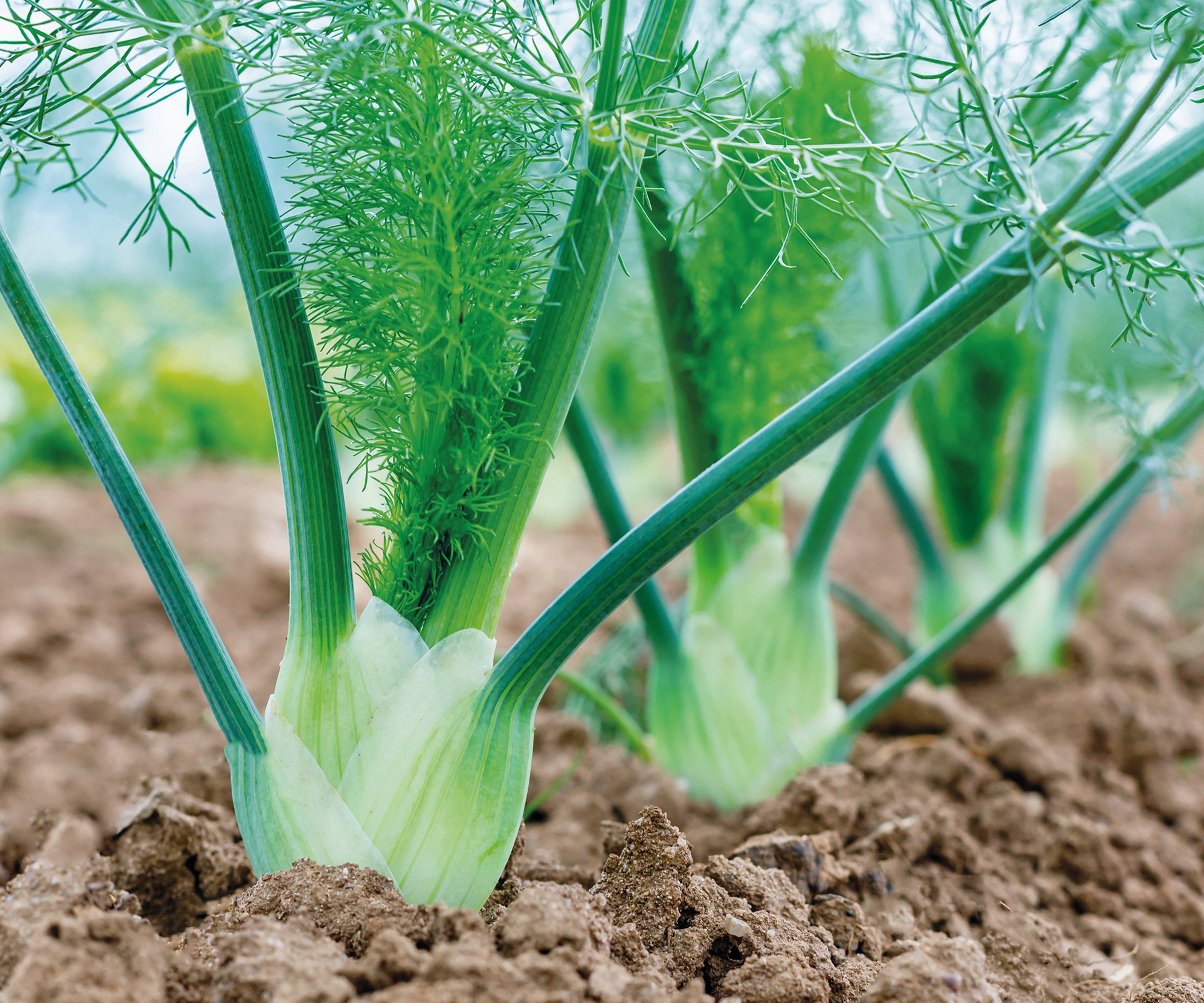
There is no hiding away from the fact that when you grow fennel, there are limited options for what you can grow near it.
Fennel may look great in a kitchen garden, but it is a notorious allelopathic plant that releases chemicals into the soil to actively inhibit the growth of other plants. This defence mechanism helps the fennel prosper at the expense of nearby plants.
Tomatoes are one of those plants to never grow next to fennel. If you plant fennel nearby, your tomato plants will be stunted and struggle to give you much of a crop, if any.
Eggplant
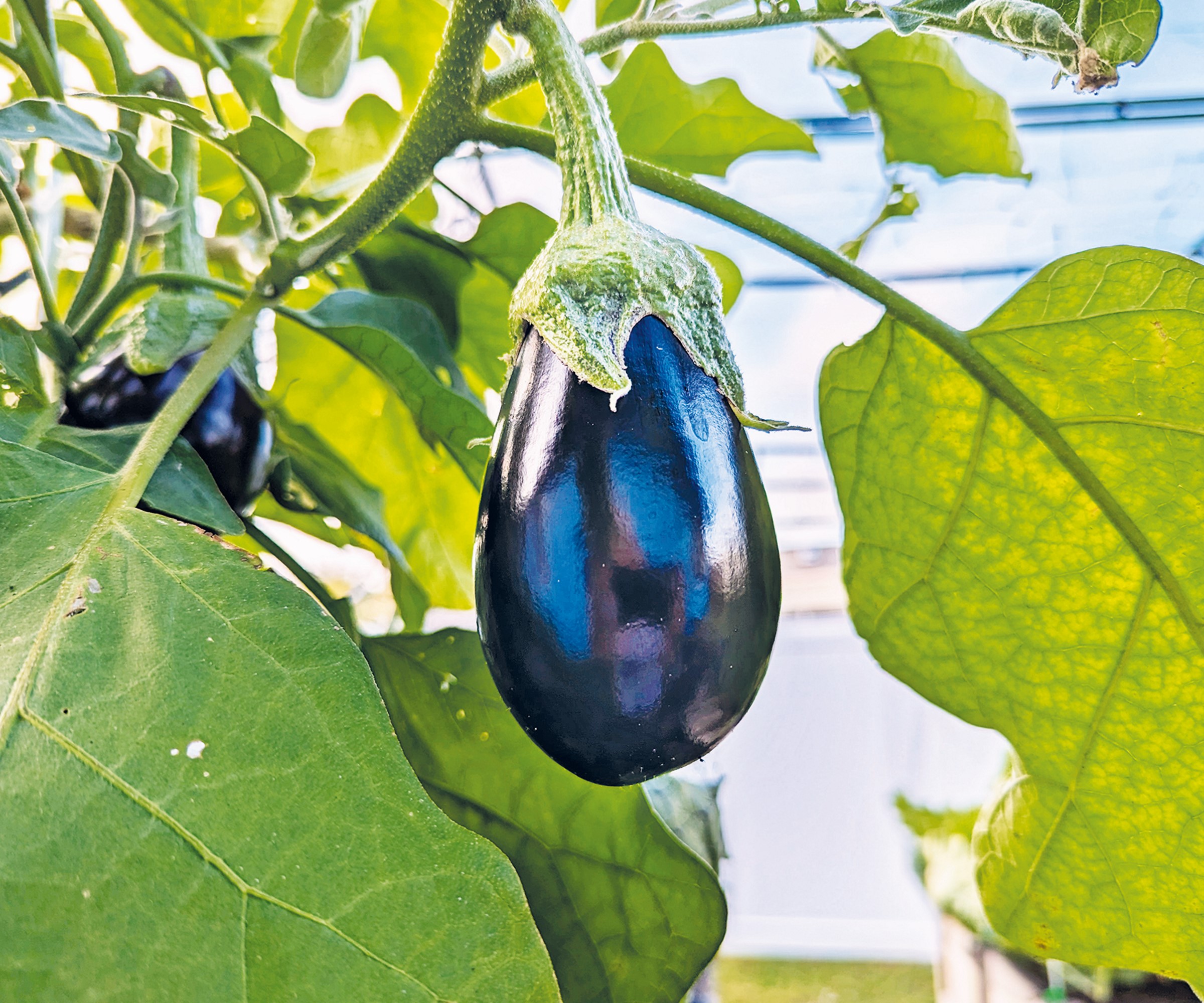
Eggplant is another crop in the nightshade family to never be grown with tomatoes. The reasons not to grow eggplant with tomatoes mirror those mentioned above with potatoes, namely that the two crops are both heavy feeders and compete for nutrients, and they both share the same pests.
One particular fungal disease that can all-to-easily transfer from tomatoes to eggplants is blight. This troublesome issue can be spread by wind, water, or insects, and one infected nightshade plant will often spread it to others. That is why it is an eggplant growing mistake to have your crops next to other plants in the nightshade family, such as tomatoes.
FAQs
Can cucumbers and tomatoes be planted together?
Growing cucumbers and tomatoes together is possible, as they do like the same growing conditions and have similar growing habits. However, there are issues of both plants being heavy feeders and both being susceptible to mosaic virus.
It will be important to regularly water and feed both crops if they are grown together, and provide the right spacing to allow air circulation between plants.
Can peppers be planted next to tomatoes?
Peppers are another crop in the nightshade family. In the same way as both potatoes and eggplant (two other nightshade crops mentioned earlier), peppers are heavy feeders and attract the same pests and diseases as tomatoes. They do like the same warmth and light levels as tomatoes, but there are risks if you plant the two side by side.
Keeping plants healthy and well-fed are essential components of how to grow bigger tomatoes. For the best results, fertilize tomatoes with a balanced feed at the time of planting and then with a fertilizer higher in phosphorus and potassium once the plants start to flower. Such a feeding regime will encourage the development of lots of fantastic fruits to harvest.
Shop gardening essentials
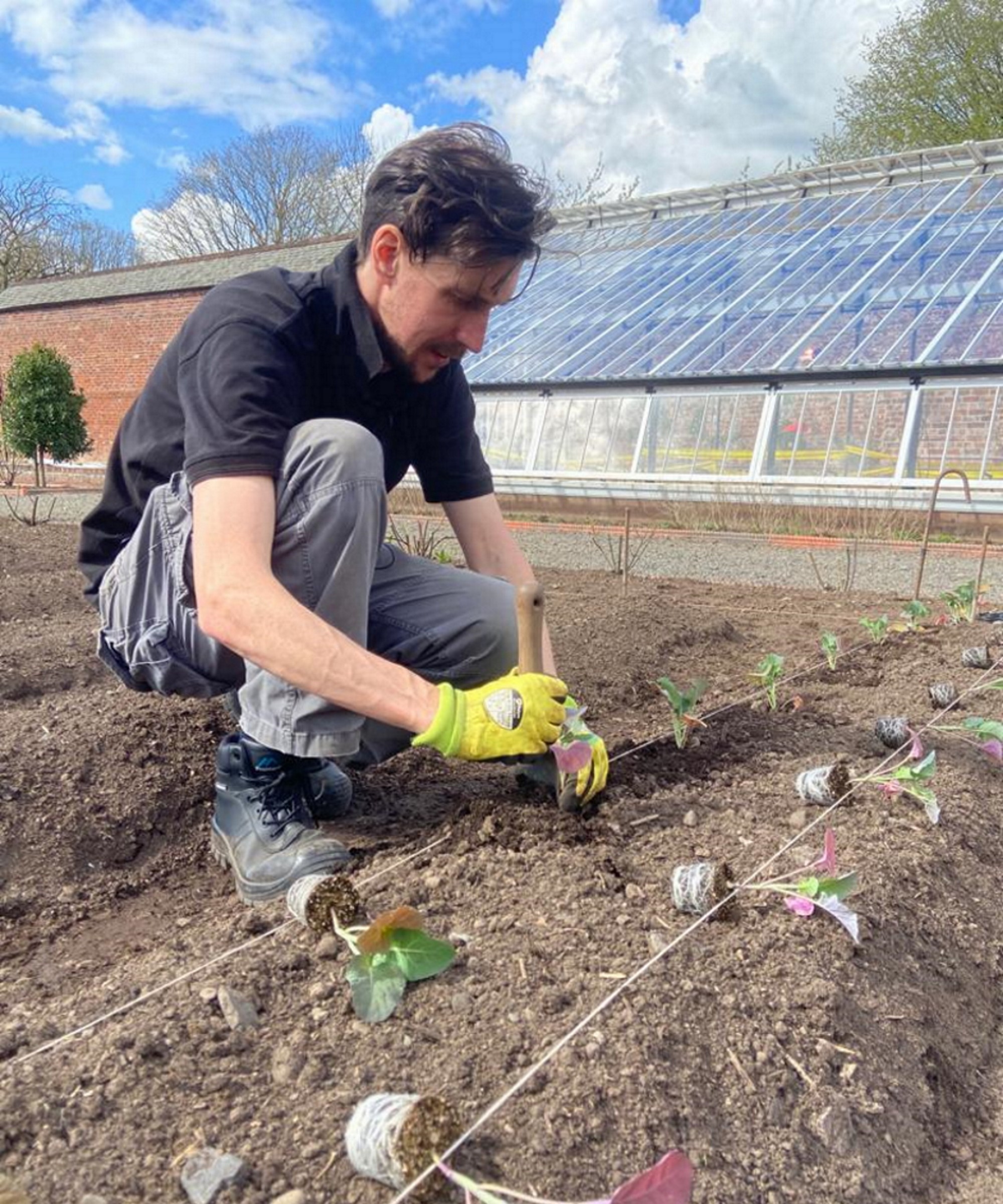
Drew has worked as a writer since 2008 and was also a professional gardener for many years. As a trained horticulturist, he worked in prestigious historic gardens, including Hanbury Hall and the world-famous Hidcote Manor Garden. He also spent time as a specialist kitchen gardener at Soho Farmhouse and Netherby Hall, where he grew vegetables, fruit, herbs, and cut flowers for restaurants. Drew has written for numerous print and online publications and is an allotment holder and garden blogger. He is shortlisted for the Digital Gardening Writer of the Year at the 2025 Garden Media Guild Awards.
You must confirm your public display name before commenting
Please logout and then login again, you will then be prompted to enter your display name.
